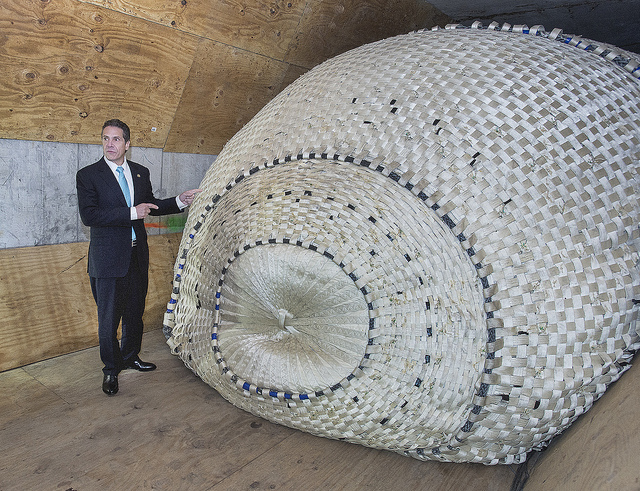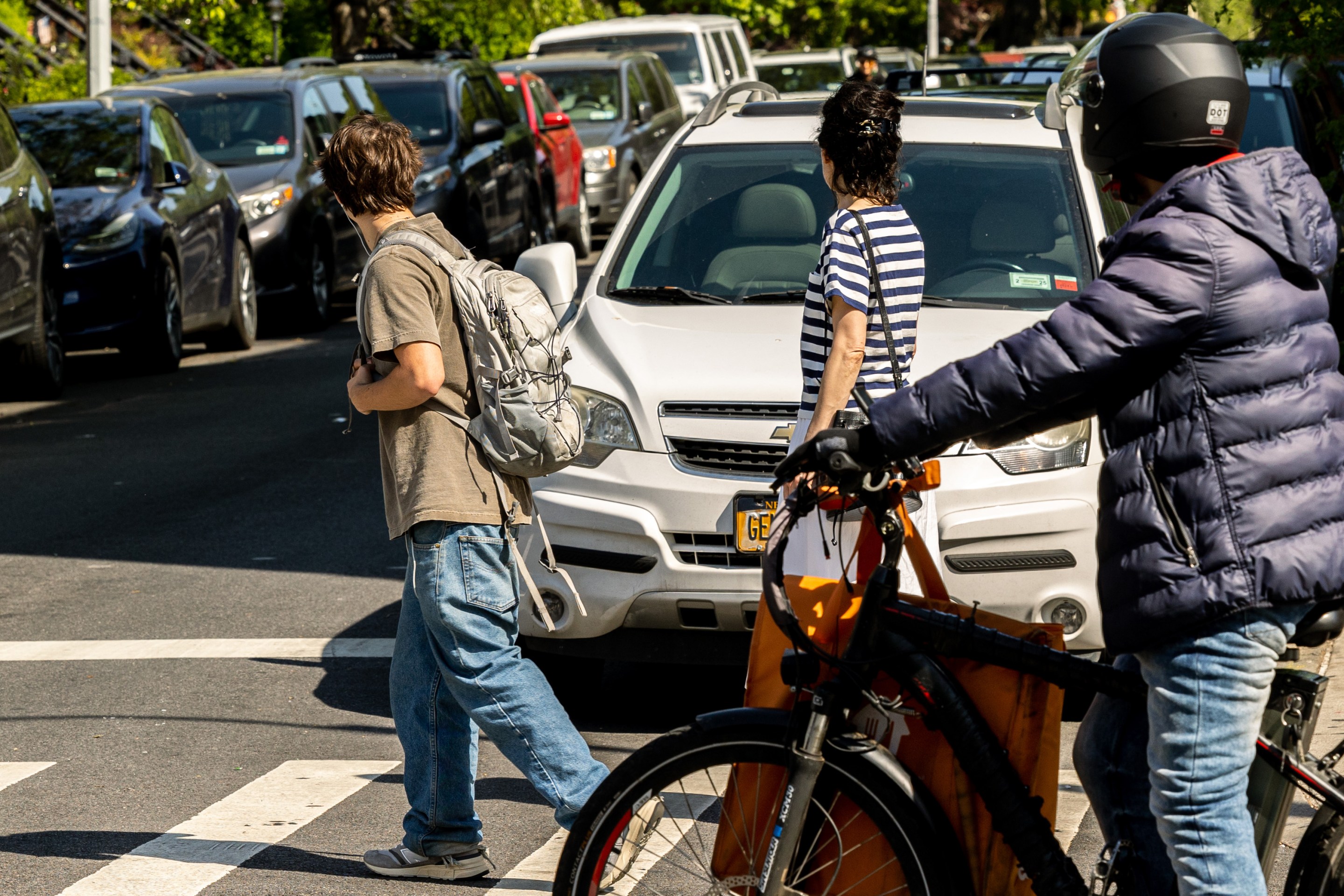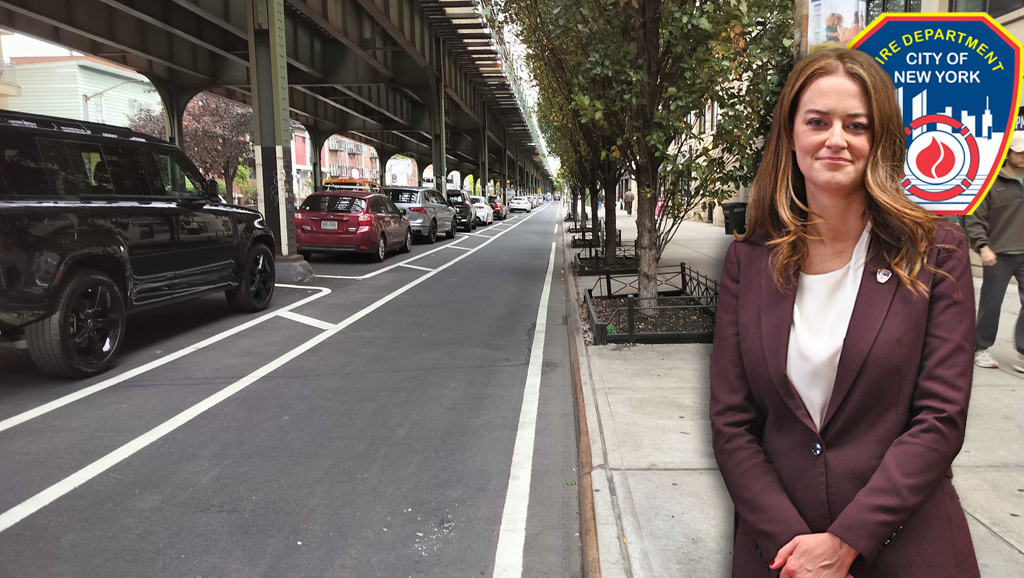As Albany contemplates paying for the MTA capital program by borrowing as much as $15 billion, it's worth pausing to examine the debt load straphangers are already shouldering. To put it in perspective, the MTA carries more debt than Bolivia, Tanzania, and Luxembourg combined, according to numbers compiled by the Straphangers Campaign. The MTA owes more than at least 30 nations, including several with populations much larger than New York City.

Some level of borrowing makes sense, but shrinking state and city support for the MTA capital program has led to a ballooning debt load that pushes fares higher and impedes service.
The MTA currently owes $34.1 billion to pay off bonds issued for capital investments, according to Straphangers, and the agency is spending $2.2 billion on debt service this year. That's 17 percent of its operating budget, a hair shy of the amount it spends to run Metro-North and the Long Island Rail Road.
Unless Governor Cuomo and the legislature decide to stop treating your MetroCard as a credit card, things will only get worse.
Even with no new borrowing, MTA debt is on track to exceed $39 billion by 2018, according to Comptroller Tom DiNapoli.
The $32 billion capital program, which fixes track, replaces trains and buses, and expands the system, is facing a $15.2 billion shortfall. Without a new revenue stream (this is where toll reform would come in handy), straphangers will soon be paying off the difference in the form of higher fares.
With several fare hikes since 2007, a four percent hike approved for this year, and another on deck in 2017, fares are already increasing faster than inflation. DiNapoli estimates that every billion dollars in new debt will translate to an additional 1 percent fare hike.
Does Governor Cuomo care enough about New York City transit riders to prevent super-sized fare hikes? Albany budget season is heating up, so it's now or never. So far, though, Cuomo has given no indication that he's serious about fixing the MTA's debt problem.





